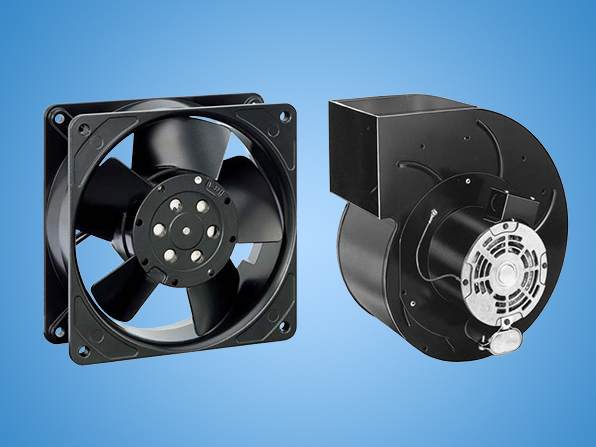
Figure 1: Comparison of an axial fan and a centrifugal fan.
Axial fans and centrifugal fans are two different products in the fan category. Their main function is to ventilate the air in the environment. But their construction and working principle are different, which leads to their different characteristics.
Different Characteristics
1. Different working principles: the axial flow fan relies on the rotation of the blades to drive the airflow to move in the axial direction. The centrifugal fan conveys the airflow by the centrifugal force generated by the rotation of the impeller.
2. Different exhaust directions: the exhaust direction of the axial flow fan is straight along the direction of the axis, and the inlet and outlet of the fan are on the same axis parallel line. The exhaust direction of the centrifugal fan is perpendicular to the direction of the air inlet, which can achieve 360-degree exhaust in the specified direction.
3. Different levels of installation difficulty: the installation of axial fans is relatively simple. They are generally directly installed on the wall or connected to the air duct. Centrifugal fans are more complicated to install.
4. Different air volumes and air pressure: the air volume and air pressure of the axial fan are relatively small, or almost none. But that of the centrifugal fans are relatively large. If there are many elbows in the pipeline, relatively long air extraction distance and the air supply distance, and large pipeline resistance, the centrifugal fan is a better choice.
5. Different appearances and shapes: the axial fan is basically cylindrical. The centrifugal fan is snail-shaped.

Figure 2: A centrifugal fan in snail shape.
6. Different ways of connection of fan motor: the motor of the axial fan is generally connected in the body of the fan. The motor of the centrifugal fan is connected by shafts, which are generally external to the fan exhaust duct.
7. Different applications: Axial fans are widely used, and the most common ones are for electric fans and air conditioner outdoor fans. Centrifugal fans are widely used in ventilation, dust removal and cooling in factories, mines, tunnels, cooling towers, vehicles, ships and buildings; ventilation and draft induction in boilers and industrial furnaces; cooling and ventilation in air conditioning equipment and household appliances.
Different Pros and Cons
Besides different characteristics, axial and centrifugal fans also have their own pros and cons in terms of structure, const, flow rate, etc. Detailed information is shown in the following table.
| Types | Advantages | Disadvantages |
| Axial Fans | Not changing the flow direction of the medium in the duct; easy to install, in the air duct, or at the front end of the air duct outlet | Low air volume and air pressure |
| Centrifugal Fans | Simple arrangement, large air volume and breeze pressure | Changing the flow direction of the medium in the air duct; often installed at the inlet of the air-conditioning unit |
Figure 3: Pros and cons of axial fans and centrifugal fans.
Related Info
How to Make an Industrial Fan Quiet?How to Fix an Industrial Fan?
What is an Axial Fan?
What is an Axial Fan Used for?
How to Install an Industrial Exhaust Fan?


